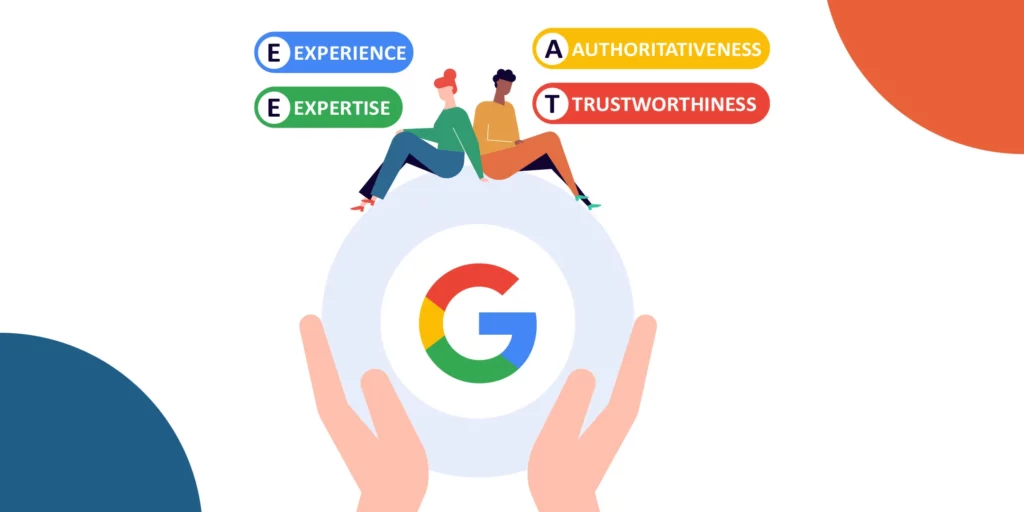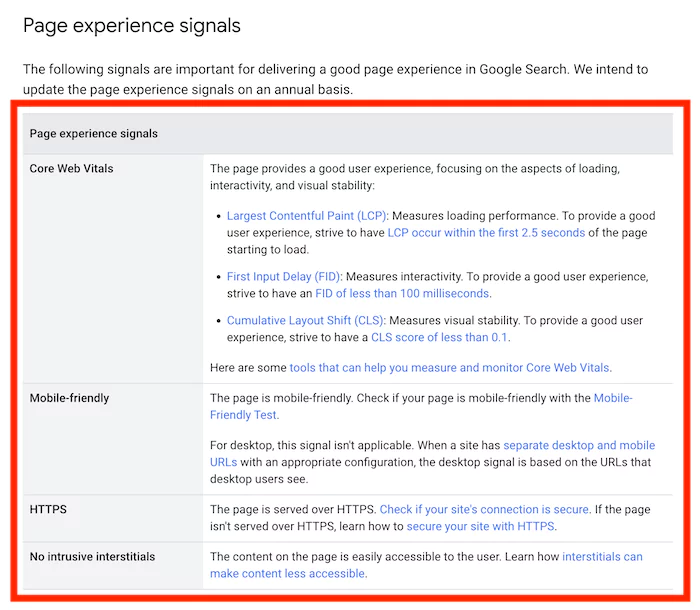As is well known, E-E-A-T is not a ranking factor nor a measurable metric but a concept of how Google views what quality and well-ranked content should look like.
Let’s break down step by step how to optimize our websites in accordance with this concept, based on research by very well respected in his field optimizer Nathan Gotch.
Table of Contents
First, we’ll talk about Experience – namely, the experience that needs to be demonstrated to Google in content.
3 types of experience considered by Google
First-hand experience – that is, life experience. It involves using a product, visiting a place, or conveying personal experience. The validity of this type of experience is easily verified. Experience in the Field – that is, expertise in a particular area: Knowledge and skills acquired in a specific field. The Searcher’s Experience – that is, user experience or the quality of interaction a user has with a site.
Nathan suggests several techniques to prove an author’s experience.

Life experience
- Use language that demonstrates personal experience, for example, “we went to…”, “were excited to try,” or “our tasters didn’t like.”
- Provide visual proof of experience, such as photos or videos.
- Highlight the authors’ biographies, showcasing their experience.
Professional experience
- Use language that reflects your knowledge in the field, for example, “based on my experience…”.
- Reference research, data, and examples that validate your competence.
- Point out the presence of relevant certificates or degrees (if applicable).
User experience
Well, it’s clear here that improving user ranking factors is necessary.
That includes but is not limited to advertisements, mobile experience, interstitial popups, security (HTTPS), and Core Web Vitals.

Several practical methods to demonstrate experience in content
- Use of visual proofs: Photos, videos, and other materials validating your experience.
- Detailed author biography: Information about the author’s experience and qualifications.
- Language that demonstrates experience: Using words and phrases that show direct interaction with the content subject.
- Comparative data and research: Presentation of data obtained through personal research and comparisons.
- Reviews and expert opinions: Using feedback from people with experience in the field.
- Creation of unique content: Develop your own research, guides, and tools that showcase your expertise and knowledge.
- Conducting surveys and research: Collecting data from your target audience to create content that meets their needs.
- Partnership with experts: Collaborating with people who have expertise in your field to create joint content.
- Using social media and local SEO: Engaging with your audience on social media to demonstrate your expertise and build trust.
Now for the most interesting part
The author then talks about ethics and immediately demonstrates ways to use chatbots to generate content with the appearance of personal experience. There are several templates that allow for content generation that demonstrates high expertise, followed by its verification.
Additionally, I would add a few tips
- Focus on niche topics where you truly have expertise. Avoid reviews of what you are unfamiliar with.
- Approach testing as unbiased as possible. The user needs an objective assessment.
- Experience isn’t just about testing a product. You can describe the experience of solving a problem or achieving a goal with a product.
- Add your recommendations and advice based on experience. This enhances the content’s value.
- Experience can accumulate over time. Update old articles with new data and observations.
Overall, users need maximum specifics to believe in your experience. Therefore, the more details and evidence provided, the better. Focus on quality, not quantity of content.

Leave a Reply